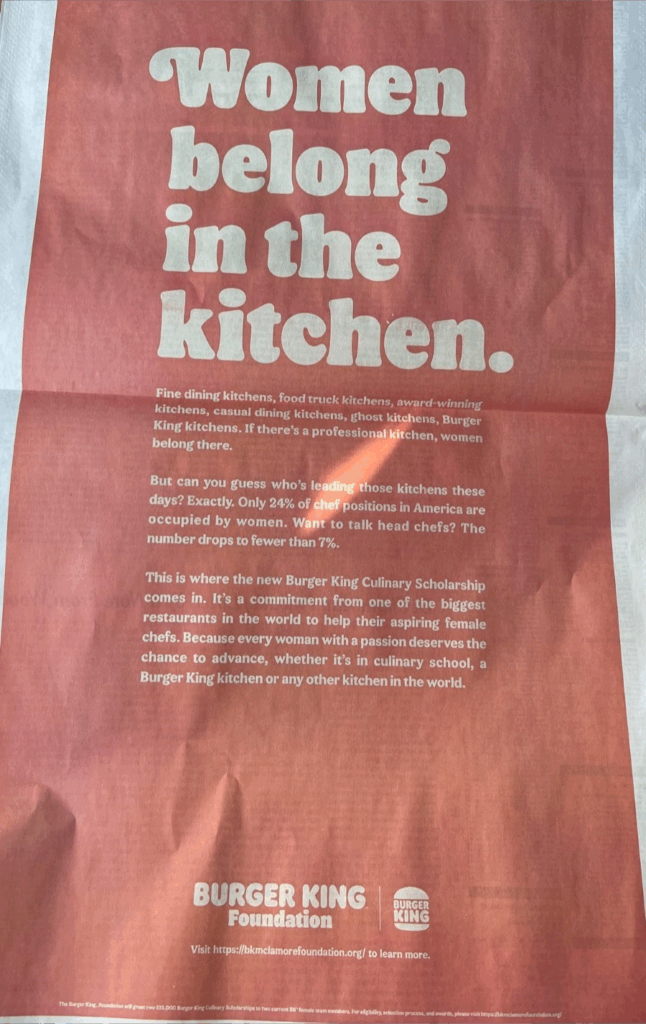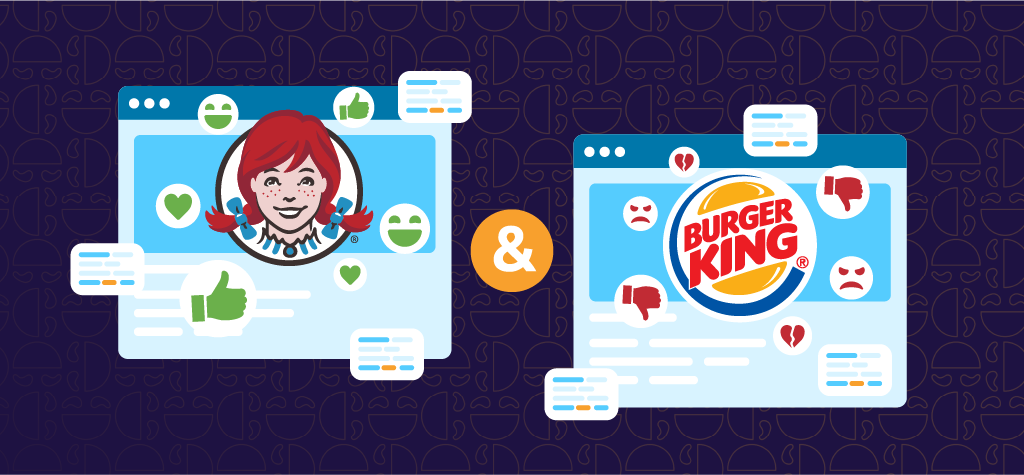Is there a place for cheeky, even slightly rude marketing in a brand’s strategy? For some, the answer is a firm “yes”—but only if it’s done right.
In this post, we’ll look at how fast-food chain Wendy’s built a strong brand voice through clever social media “roasting,” and how Burger King’s attempt to replicate boldness went very wrong. Along the way, we’ll reflect on what B2B brands can learn from these high-profile campaigns.
Wendy’s: Adding Spice Through Sharp-Tongued Branding
Wendy’s has earned a cult following on social media—not by playing it safe, but by owning a witty, sarcastic tone that directly targets competitors (and sometimes even customers).
Their tweets often include clever comebacks, sassy responses, and playful jabs that align perfectly with their brand personality. The key? It feels intentional, consistent, and well-timed.

Wendy’s approach shows that tone and attitude, when used correctly, can become a defining brand asset. Their cheekiness adds personality—and people love sharing it.
When Bold Backfires: Burger King’s Controversial Stunt
Other brands have tried to ride the same wave, but not all have succeeded. Case in point: Burger King UK’s 2021 campaign for International Women’s Day.
It began with a tweet that read:
“Women belong in the kitchen.”
Followed by a thread explaining that too few women are head chefs and how the brand was launching a scholarship to change that.

So, what went wrong?
- Many only saw the first tweet.
- The rest of the context—though well-intended—was lost.
- Even those who read the full thread were uncomfortable.
The opening line was perceived as tone-deaf and offensive, overshadowing the actual initiative.
The result?
- Massive backlash
- Deletion of the tweet thread
- Apology issued
But worse—this wasn’t just digital. The same message had been printed in physical newspaper ads, which couldn’t be retracted.

What Can Marketers Learn from This?
Tone is powerful—but it’s also risky. Here are three key takeaways for any marketer, including those in B2B:
1. Know Your Audience’s Boundaries
Wendy’s audience expects wit and sarcasm. Burger King misjudged the line between boldness and insensitivity—especially on a day honoring women.
2. Don’t Rely on Threaded Context
If your first impression shocks or misleads, many won’t stick around for the explanation. The top tweet or headline must stand on its own and align with your intention.
3. Test Before You Go All-In
If you’re planning a bold campaign, run it by a diverse group before publishing. Check emotional reactions—not just strategy.
Bonus for B2B: Can This Work in Our World?
While B2B audiences may not expect sass, they do crave authenticity and clarity. Playful tone, strategic humor, or bold statements can work when they reflect your values and when done with finesse.
- Want to stand out in a dry industry? A bit of edge can help.
- Want to build relatability? Human tone > corporate jargon.
- Want to build thought leadership? Challenge norms—wisely.
What Do You Think?
Can brands—especially in the B2B space—benefit from being a little bolder? Or should we leave sass to the fast-food world?
I have my thoughts, but I’d love to hear yours:
- Where do you draw the line?
- Have you seen bold campaigns that worked (or didn’t)?
- What kind of tone has resonated best with your audience?
Drop your reflections in the comments.

